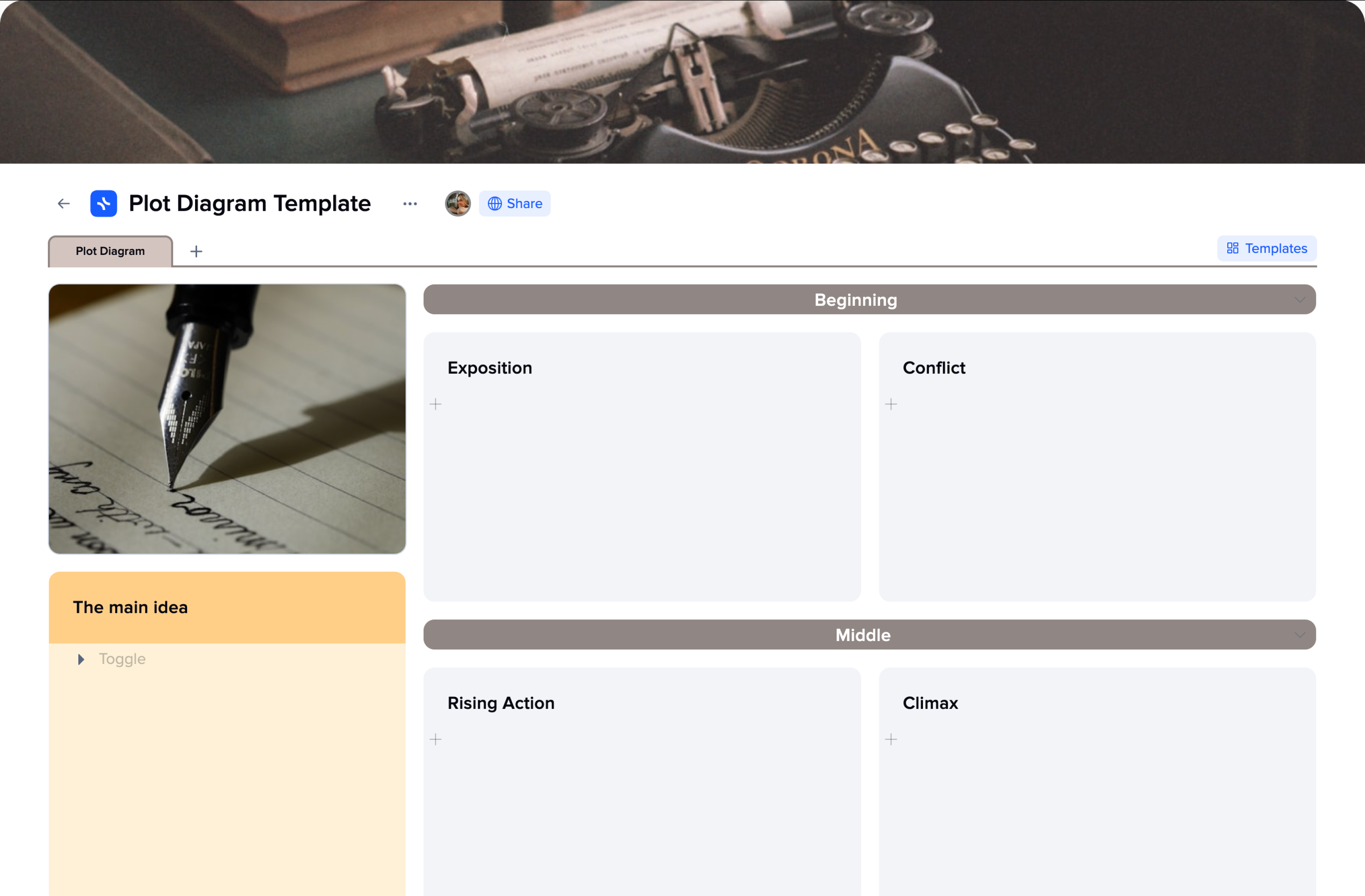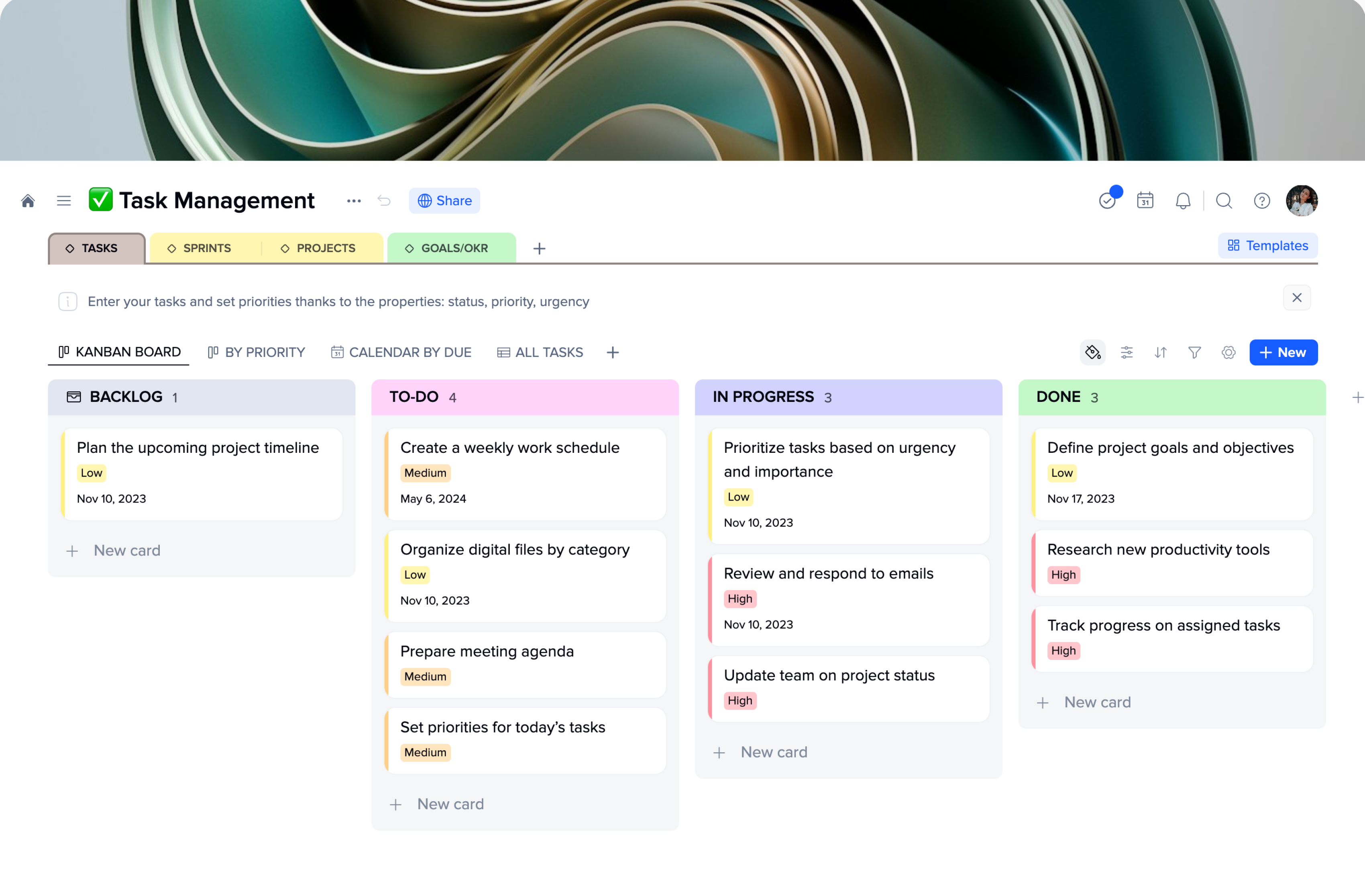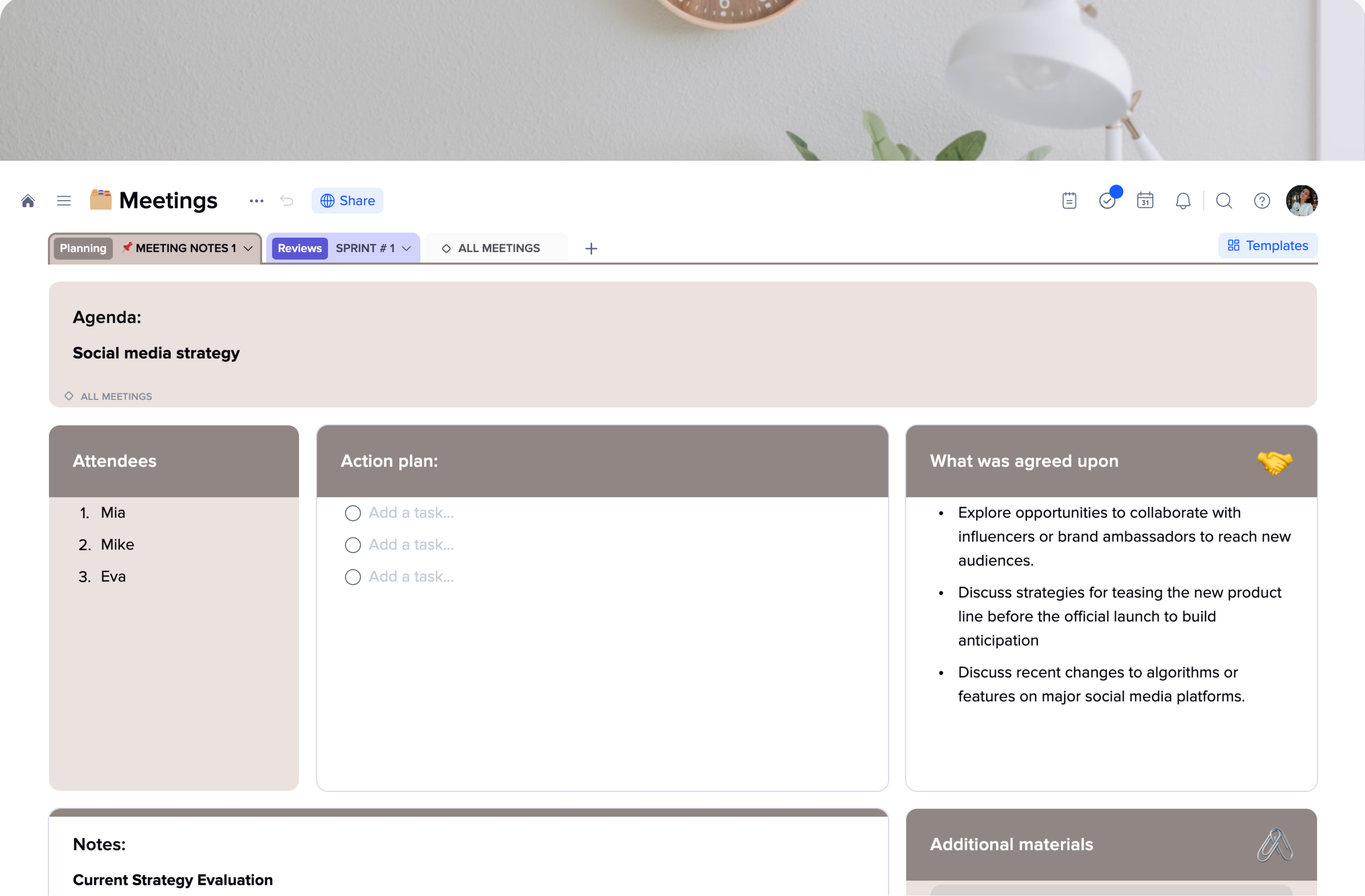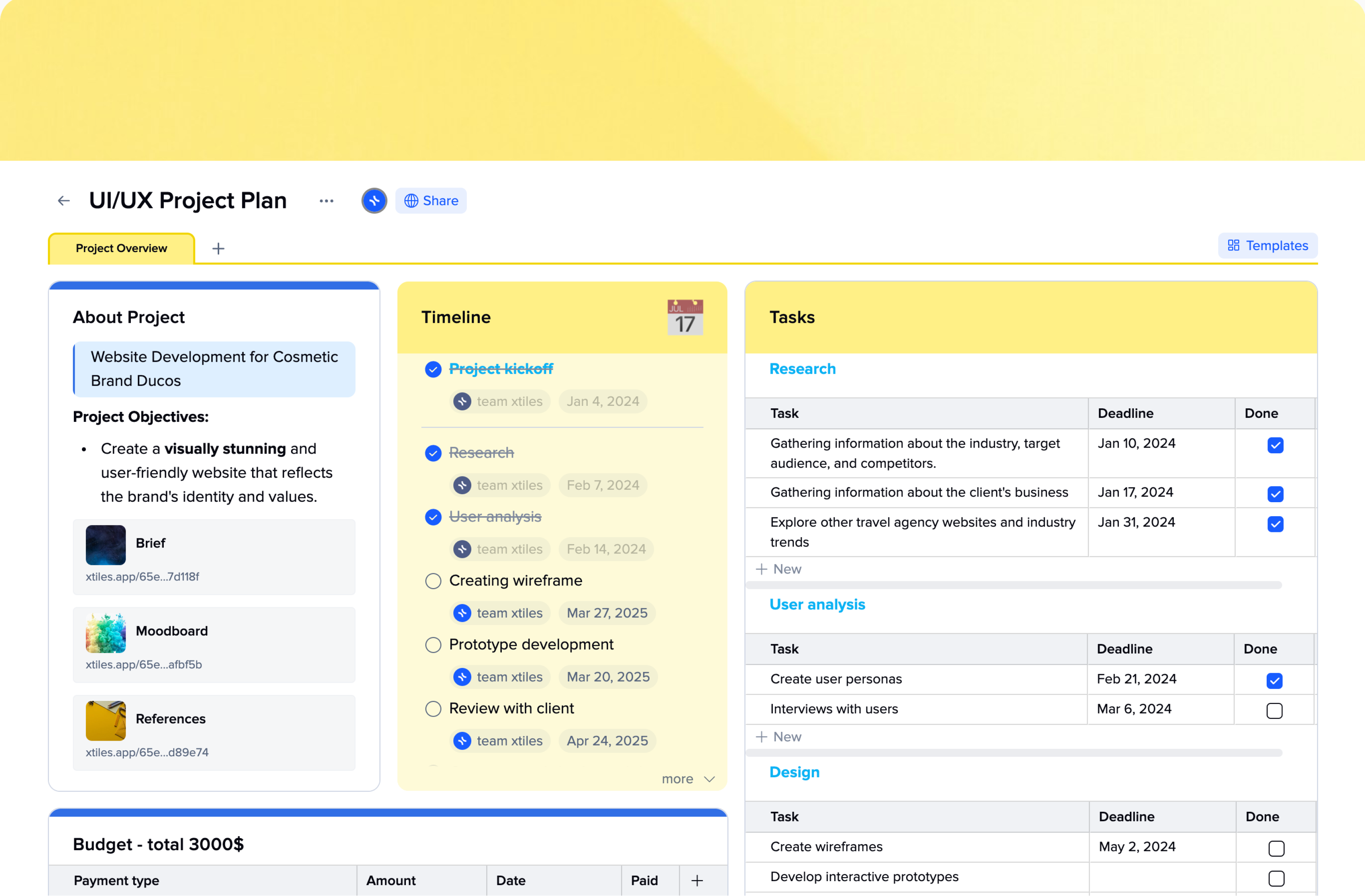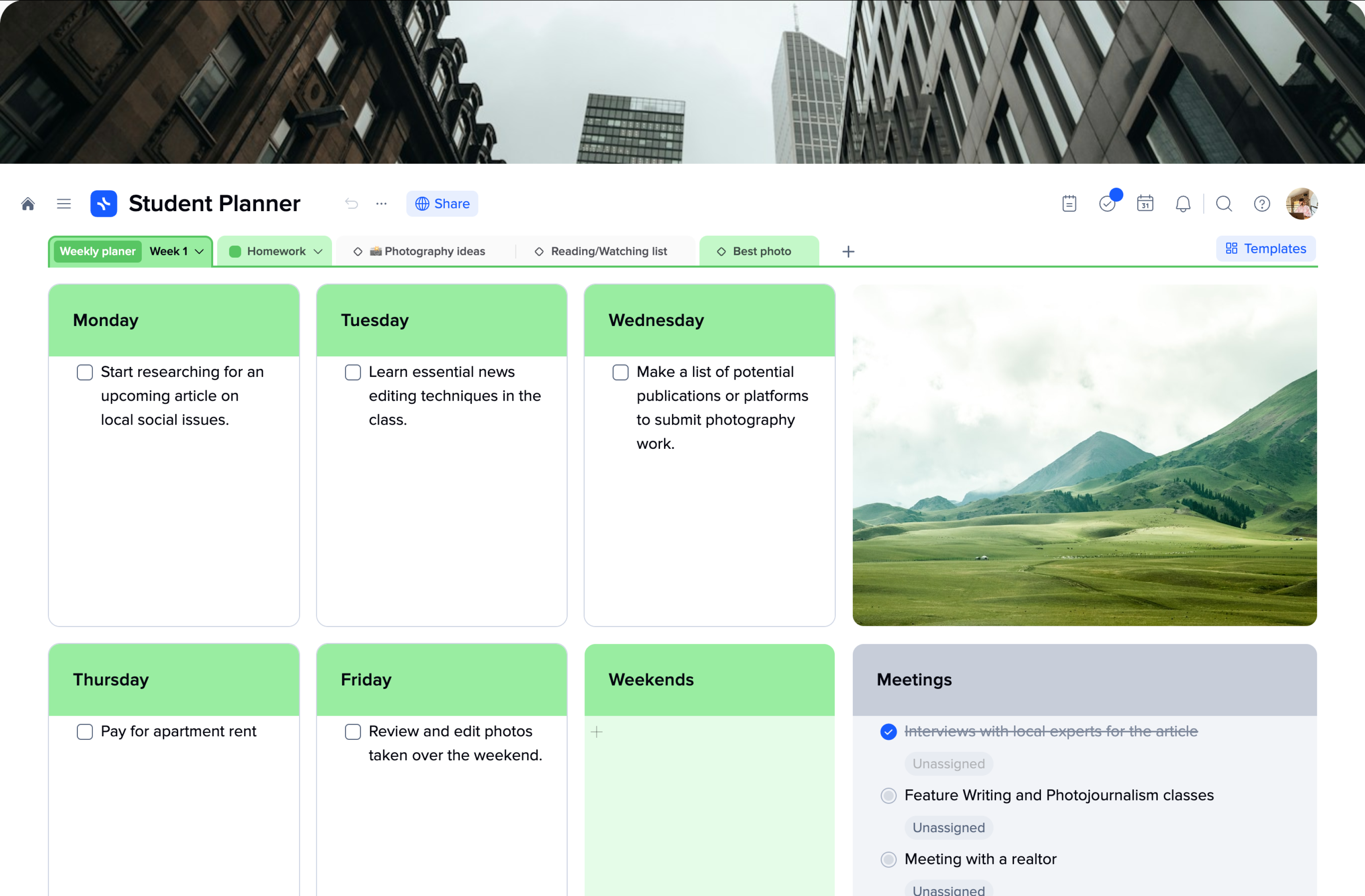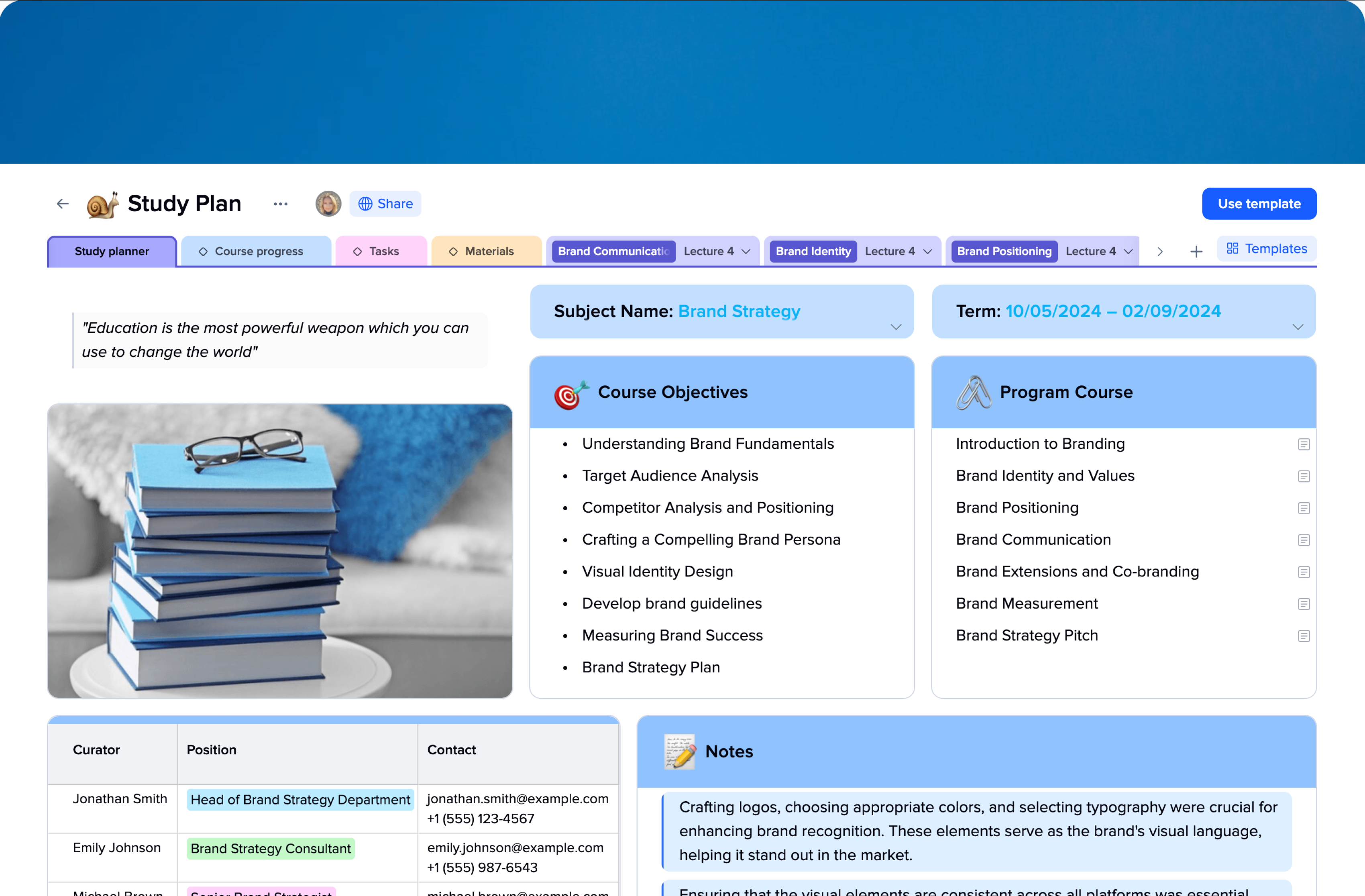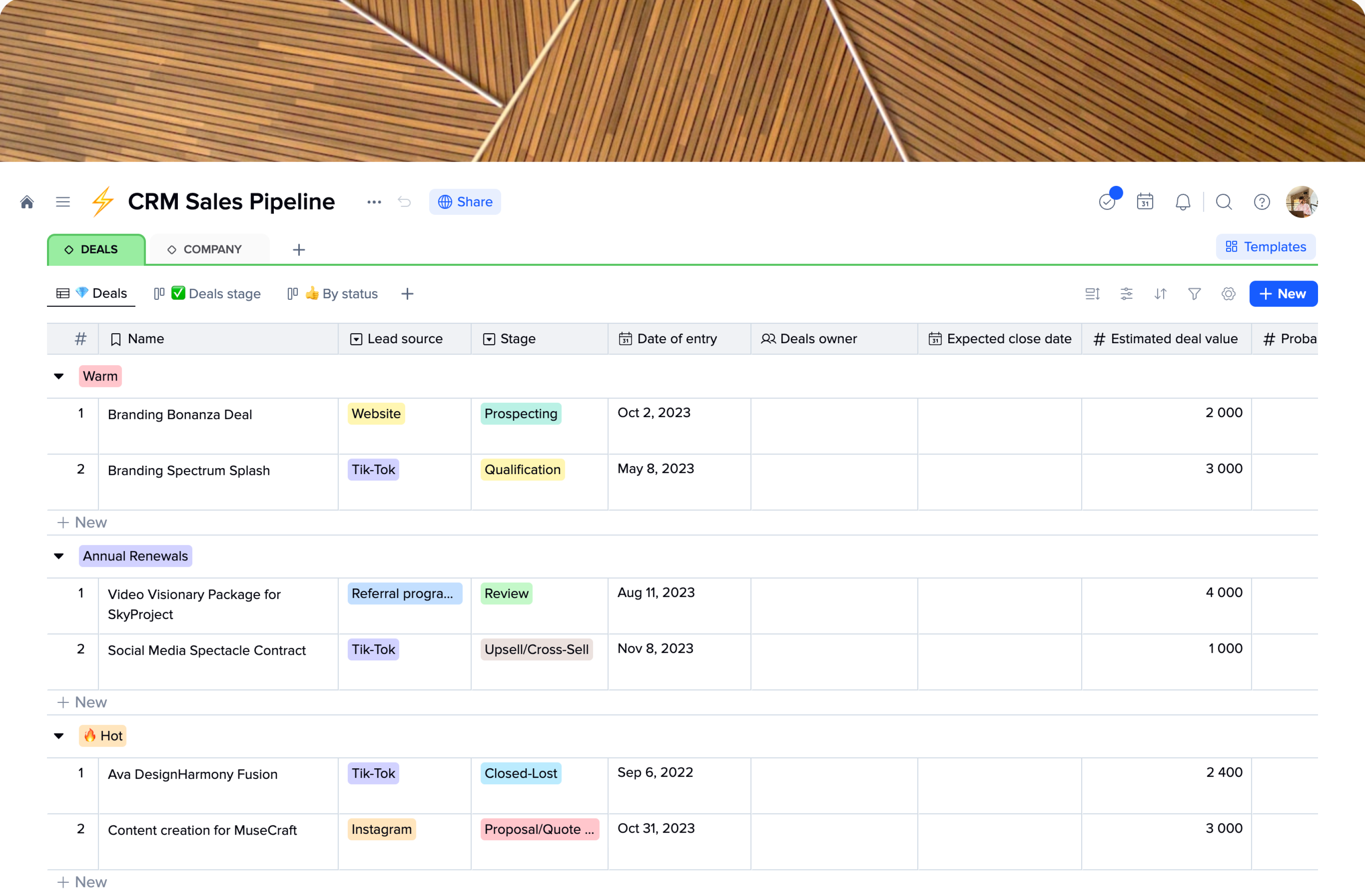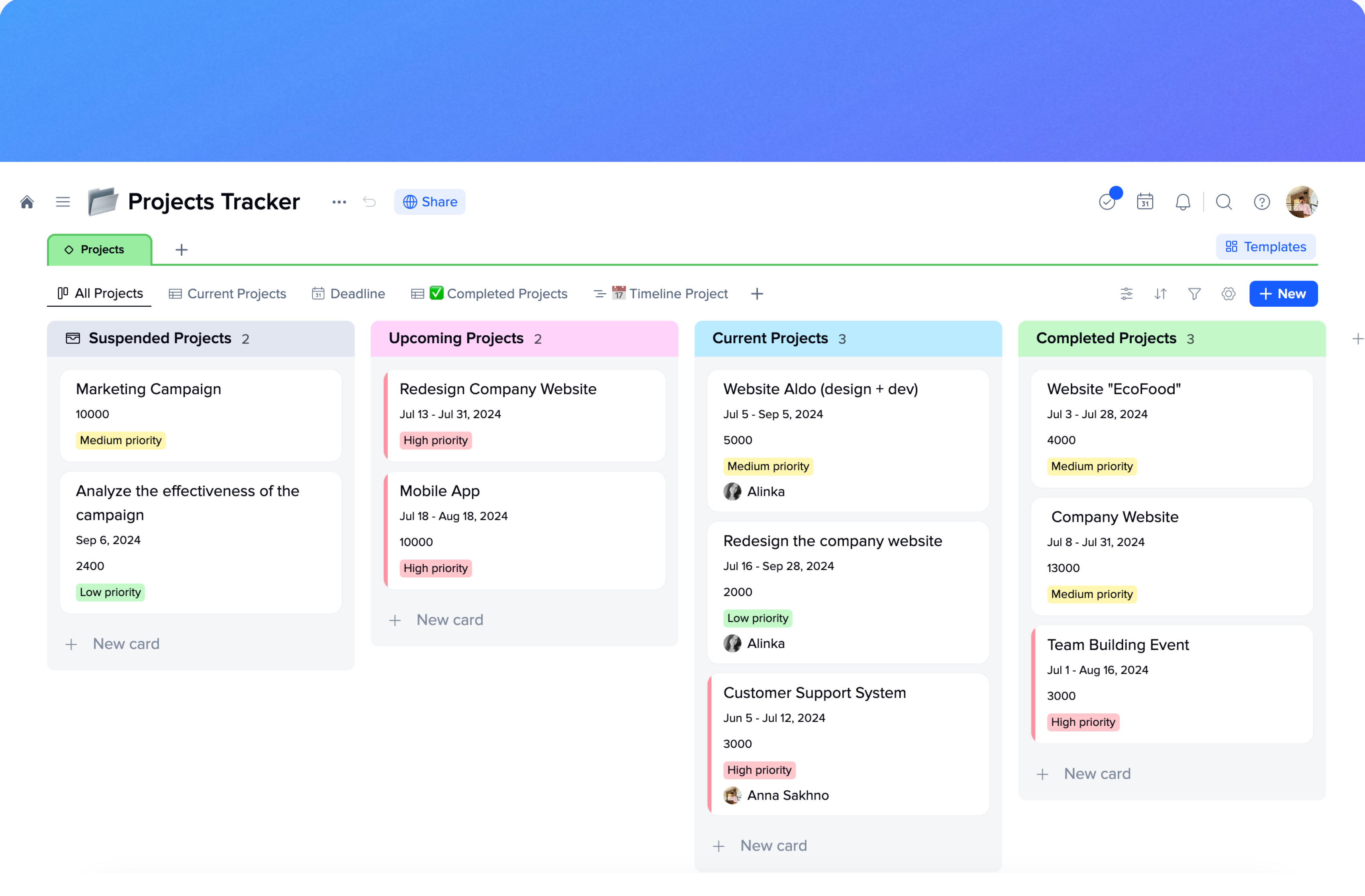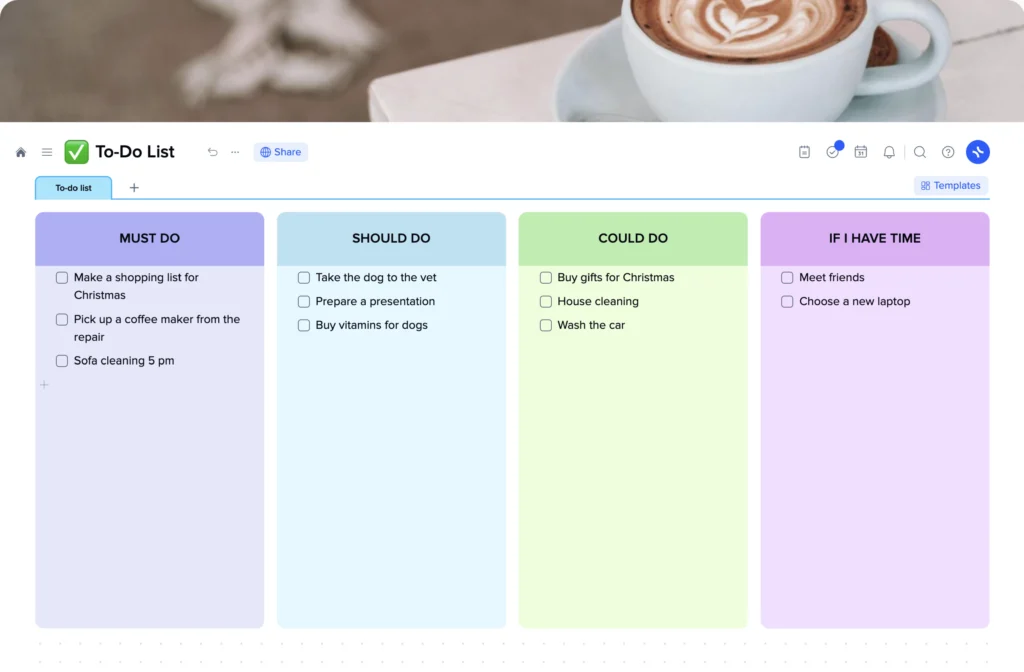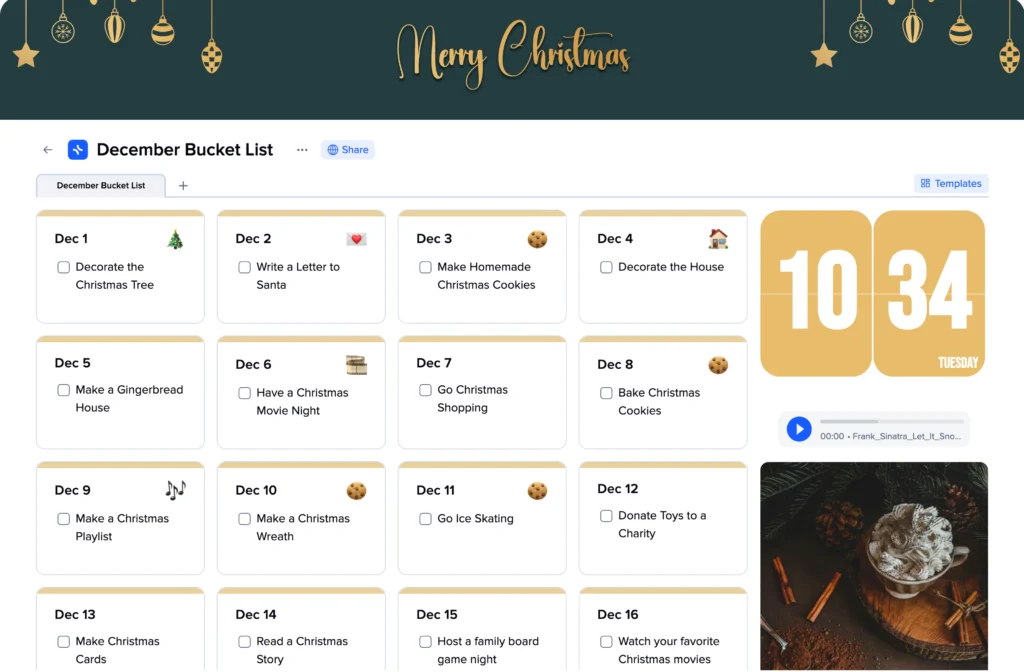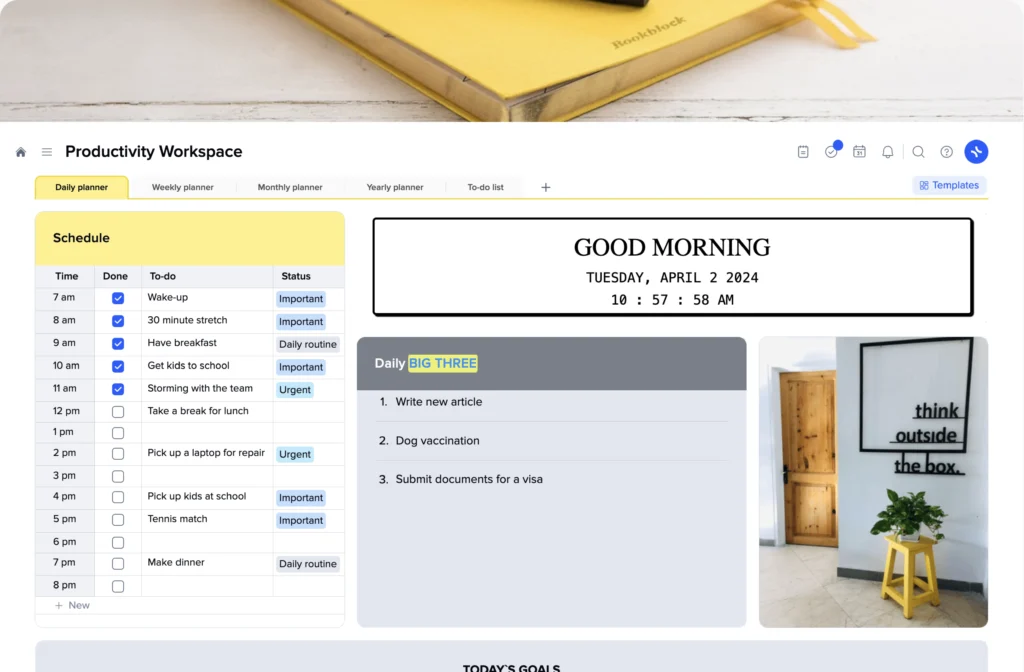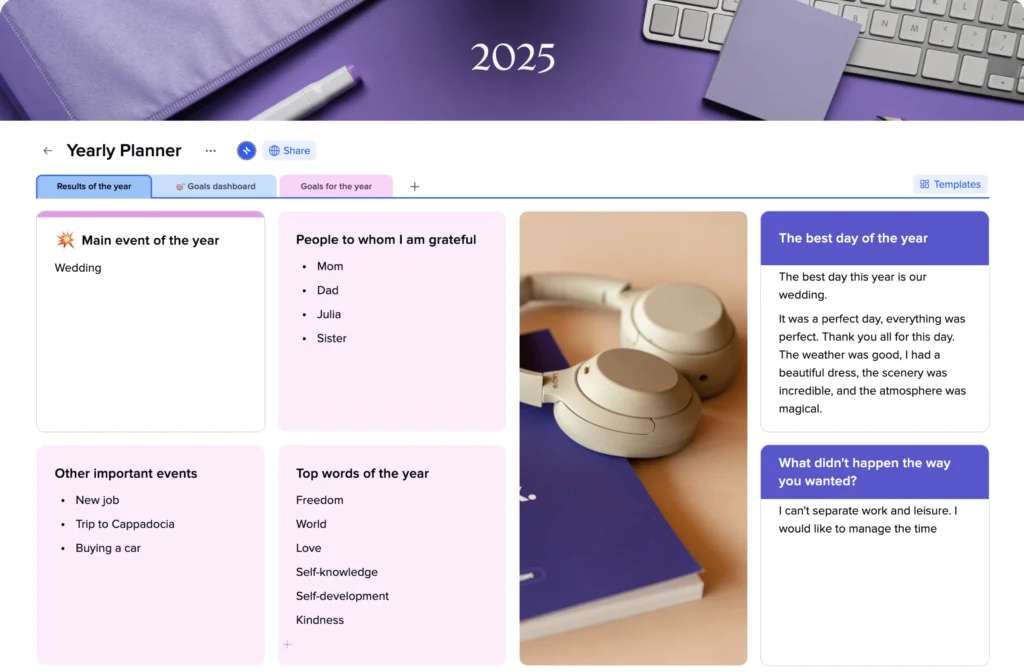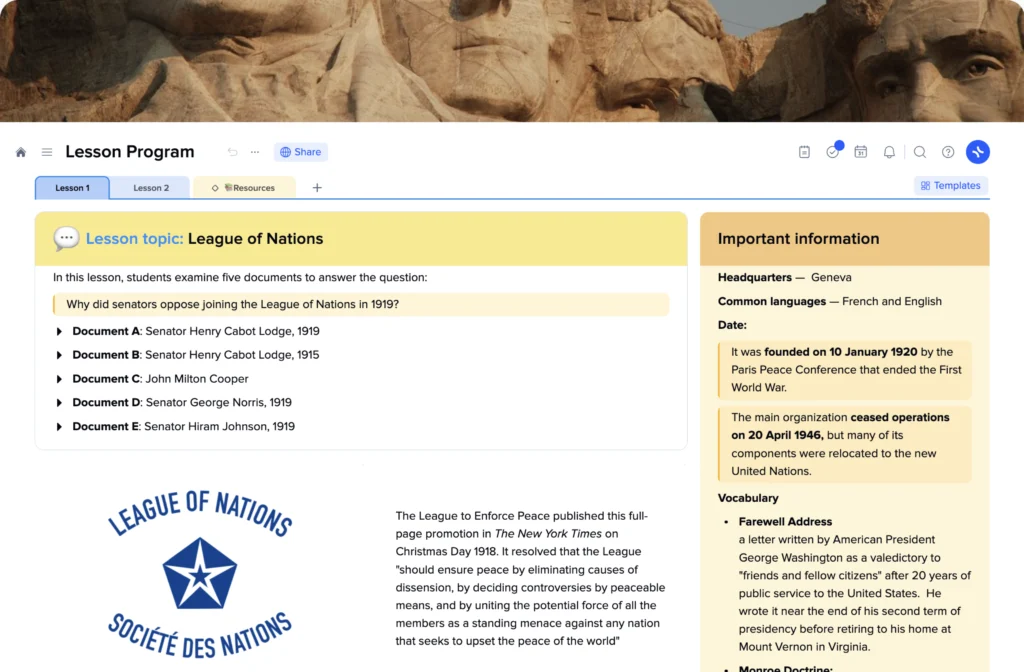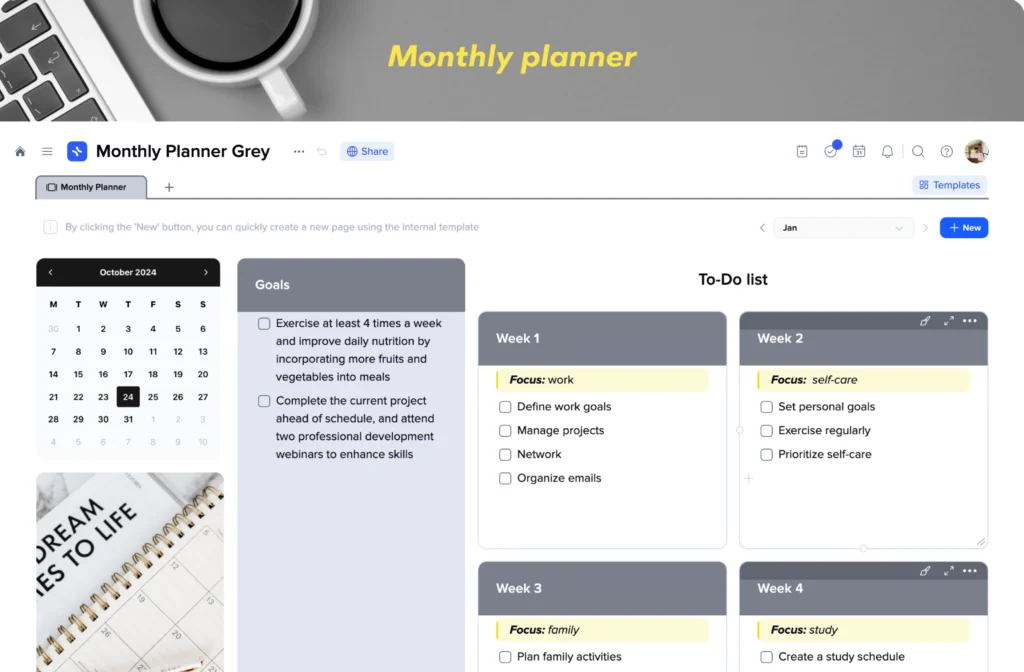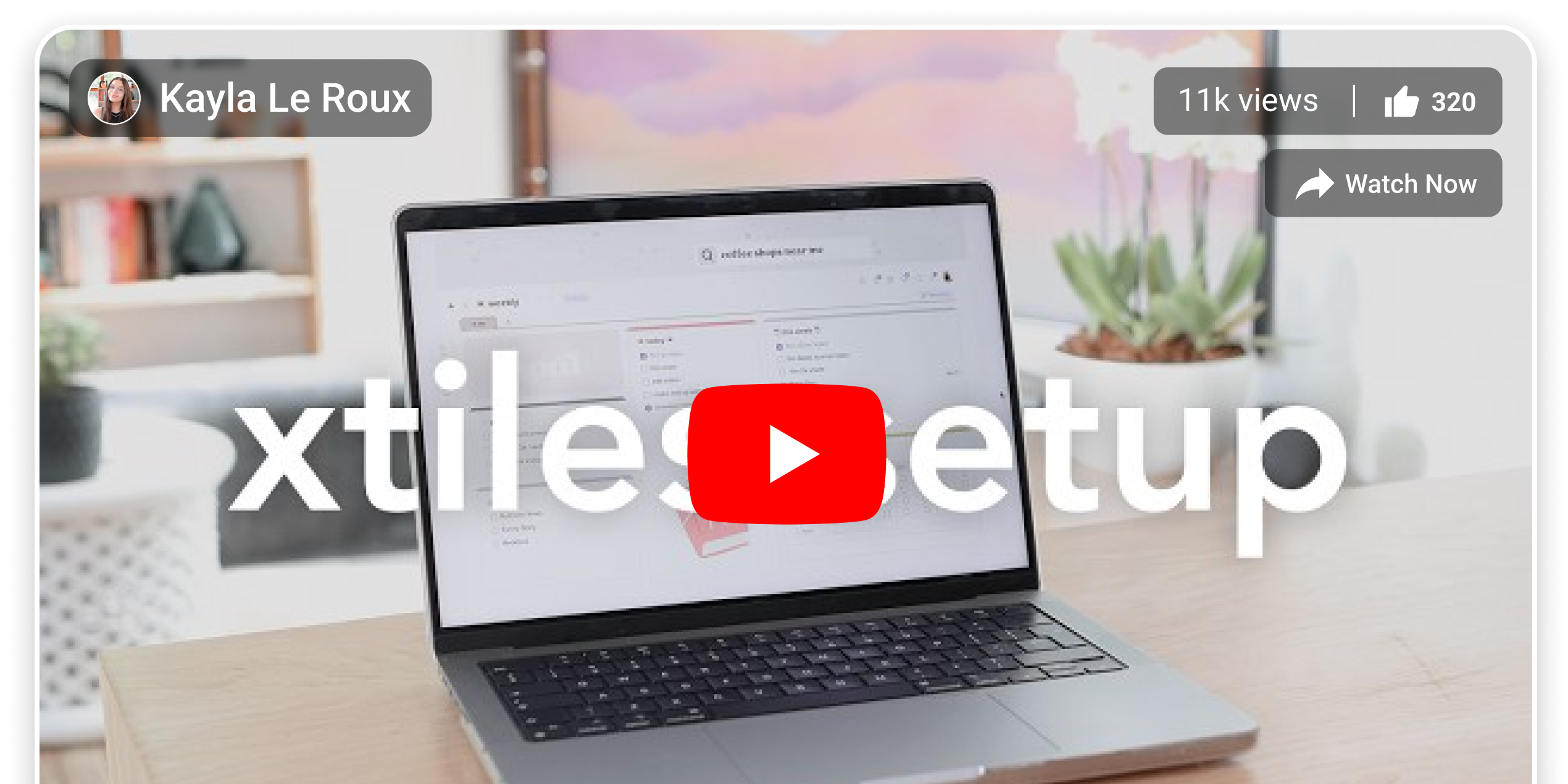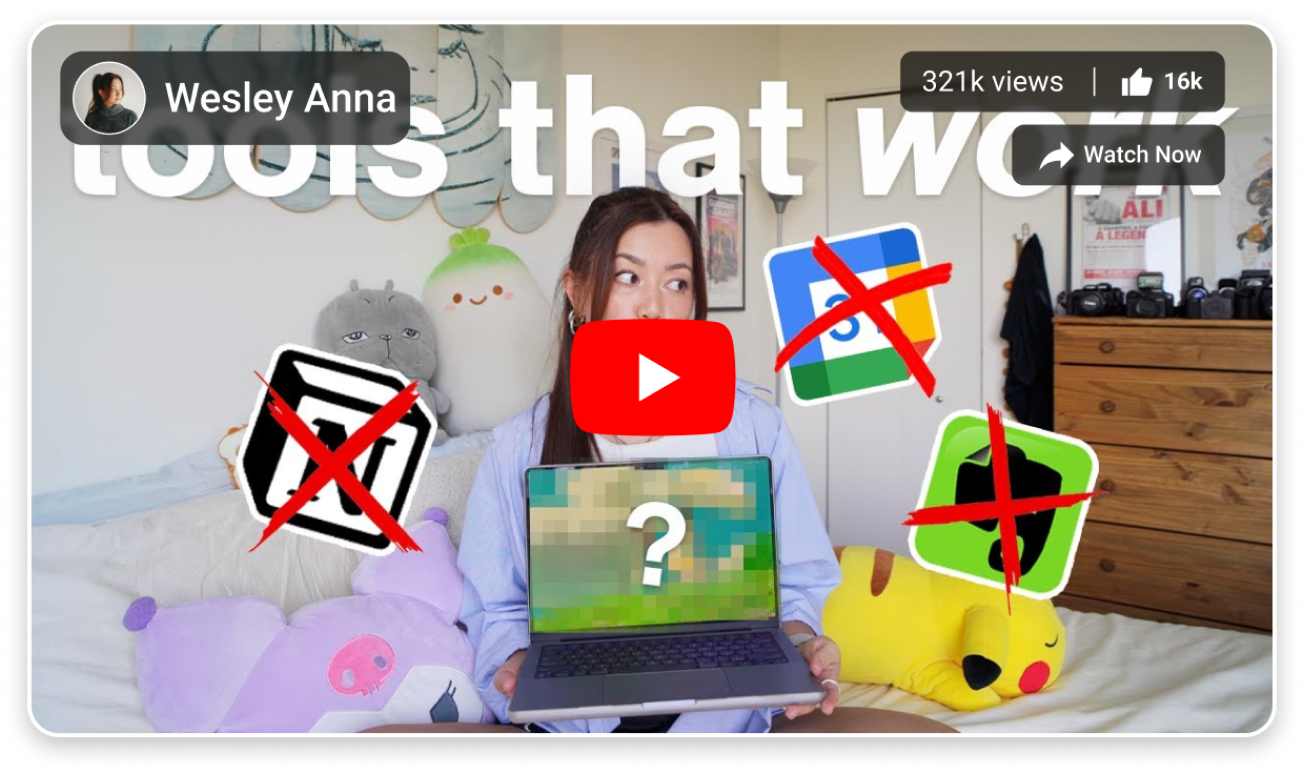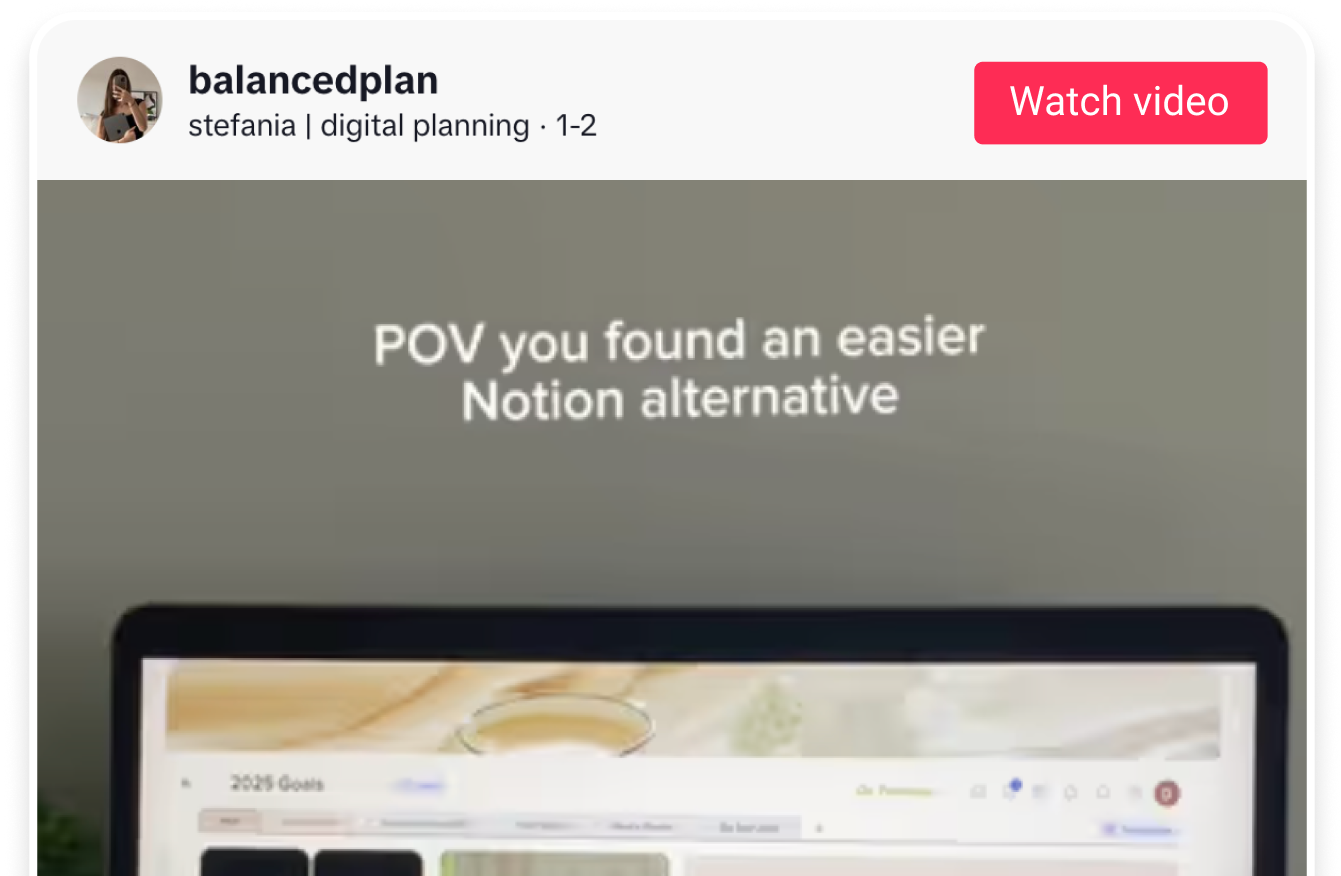What is a lesson plan?
Being a teacher is hard and rewarding at the same moment. However, what if you could keep the “rewarding” part but eliminate, at least a bit, a “hard” part? Lesson plan templates are a useful tool that will save time and help deliver the information to your students in an easy and organized way without missing important details.
Have you ever seen “Dead Poets Society”? All the unorthodox teaching methods the Robin Williams character applied to help his students make their lives extraordinary have won the hearts of many young or future-to-be teachers or students.
By romanticizing a teacher’s routine, the film hides what is as necessary for a teacher as being inspirational – lesson plans and consistency.
Every comprehensive lesson requires previous research. Improvising should be a supportive tool, not the main one, if you want to present the information in an easy-to-remember way.
A lesson plan is a detailed document prepared by a teacher to map out everything that will be going on in the classroom during a lesson, day, week, etc. Its main purpose is to help teachers and students keep track of everything they are currently working on.
Teacher lesson plan templates are ready-to-use documents that allow you to write down everything you want to present in the classroom during a certain period of time.
If a lesson plan is here to save time and ease teachers’ lives, a lesson plan template multiplies the effect, saving even more time.
However, teachers aren’t the only ones benefiting from lesson plans. Your student will be able to better keep up with the topics you’re about to cover in a lesson.
Usually, teachers print their lesson plans and distribute them among their students or convert them into PDF files and share them with students via email or any other digital way. That’s why lesson plans’ appearance is important, and that’s where templates come in handy.
Also, lesson plans are suitable for students of different kinds and ages. For example, a kindergarten lesson plan template, or you may know it as a preschool lesson plan template, will help you arrange activities and study for youngsters in a way you can grasp and keep their attention.



